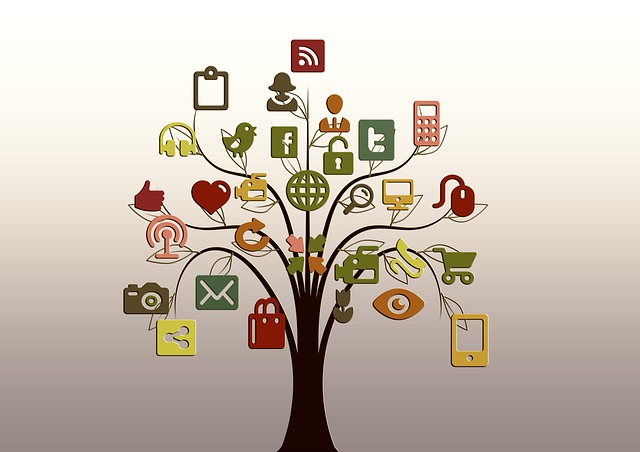 On March 24, 1989, a little after midnight, an oil tanker called the “Exxon Valdez” struck Bligh Reef, in Alaska's Prince William Sound, where more than 11 million gallons of crude oil were spilled. The identified causes of the accident were fatigue (the crew was half the size it should have been, and was being pushed too hard and for too many hours by the company), and lack of proper iceberg detection equipment installed on-board. The company initially responded with stony silence about the accident, and both details about it and the official response to it were slow. Both of these facts earned Exxon sharp criticism from around the globe.
On March 24, 1989, a little after midnight, an oil tanker called the “Exxon Valdez” struck Bligh Reef, in Alaska's Prince William Sound, where more than 11 million gallons of crude oil were spilled. The identified causes of the accident were fatigue (the crew was half the size it should have been, and was being pushed too hard and for too many hours by the company), and lack of proper iceberg detection equipment installed on-board. The company initially responded with stony silence about the accident, and both details about it and the official response to it were slow. Both of these facts earned Exxon sharp criticism from around the globe.
The internet as we know it today did not exist then.
Today, provided forward-thinking leadership in a company, it is entirely possible to make good, smart use of the internet's array of social media tools and get ahead of a crisis like this, leading to a very different outcome.
Let's try to reconstruct that event in the context of today's tools and see how things might have played out differently:
March 24, by 12:30 (12:45 at the latest), the company is informed of the incident. Their PR guy is rolled out of bed, and Tweets a response something like, “Breaking, Exxon Valdez in trouble...company assessing...stay tuned! #ExxonValdez”
Moments after receiving this Tweet, private boats hit the sound and real time video starts coming in from handhelds and cell phones, all organized under the new hashtag.
On the company's Facebook page, another company representative assures the public that there will be rapid response and complete transparency, and that at this moment, the company is looking for the best way to approach cleanup (note the phrasing here: This allows the company to start the conversation without making it appear that they're frantically looking for a solution because they didn't have a contingency already mapped out). A lively discussion ensues with a number of outlandish cleanup ideas being offered, along with a few good ones. Company personnel monitor the conversation, and guide it to keep it on topic, short-listing the best ideas along with the ones their own people are coming up with.
Community outreach is begun at around the same time the major news outlets are picking up on the story. Exxon is being widely praised for their rapid response and, while the accident is tragic, it is clear to the world audience that they're on the job, taking responsibility, and handling the crisis appropriately.
We could delve deeper into it, but you get the idea. When bad things happen, they spread through the internet like wildfire, and if a company isn't right there, with a finger on the pulse of the 'net the moment a crisis occurs, the entire narrative surrounding the event can easily spin out of control. That's the downside of instant communication. It is very easy for outlandish conspiracy theories to spring up, and during a crisis, these are often given equal, or greater time than the truth.
Only by maintaining a rapid response team specifically trained in media relations with an emphasis on social media, can a company truly control their own destiny in times like these, and this isn't something that can be faked. You can't assign a company “spin doctor” to just start spitting out information slanted in your favor. It requires real, honest relationships built with your customer base and important bloggers and trend spotters in your industry, a commitment to outreach and ongoing communication with them, followed by a rapid, completely honest and forthright response when a crisis breaks. All of that takes time to build, but it is well worth the time and effort.
Exxon was the outcast of the oil industry for nearly four years after the Valdez accident. People voted with their wallets and the company suffered. They didn't have to, and your company doesn't either. It is an imperfect world. Accidents and tragedies will happen, and when they do, all attention is going to be on you and your company. All eyes will be watching to see how you handle the crisis, and your company's future will be determined by your performance.
If you want to not only survive, but thrive in such an environment, then you need to start training your people now to live and work in the social media ecosystem.



